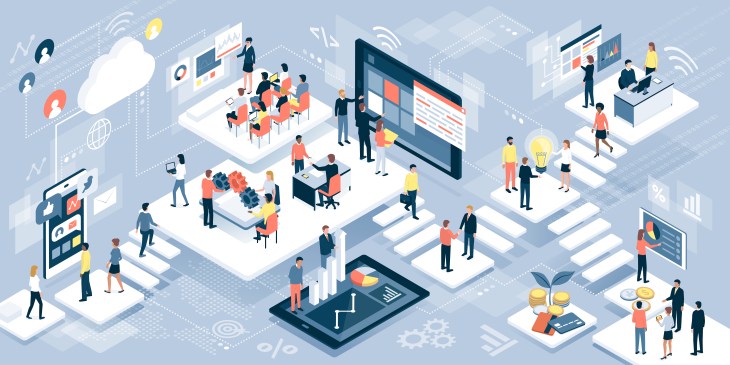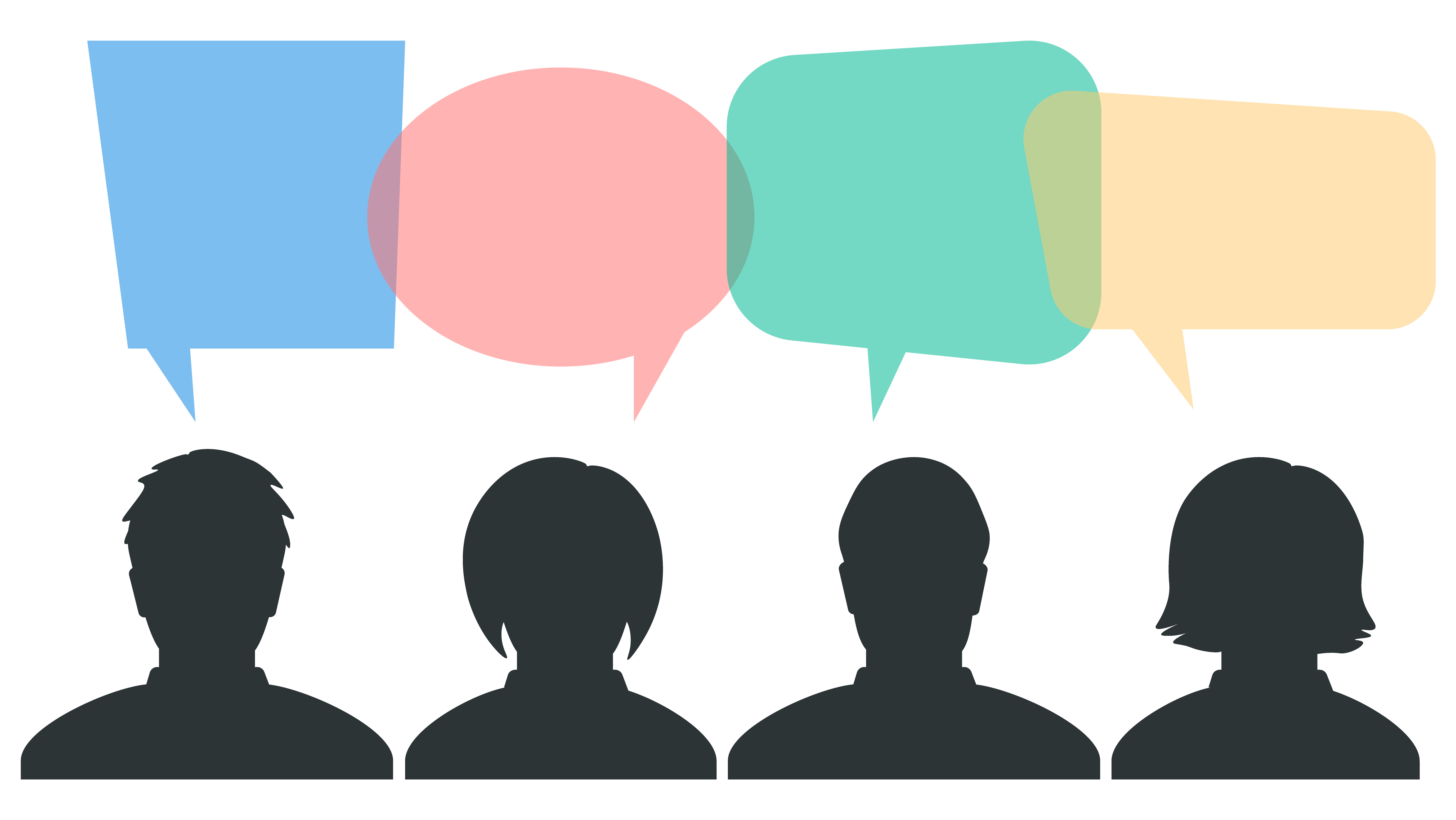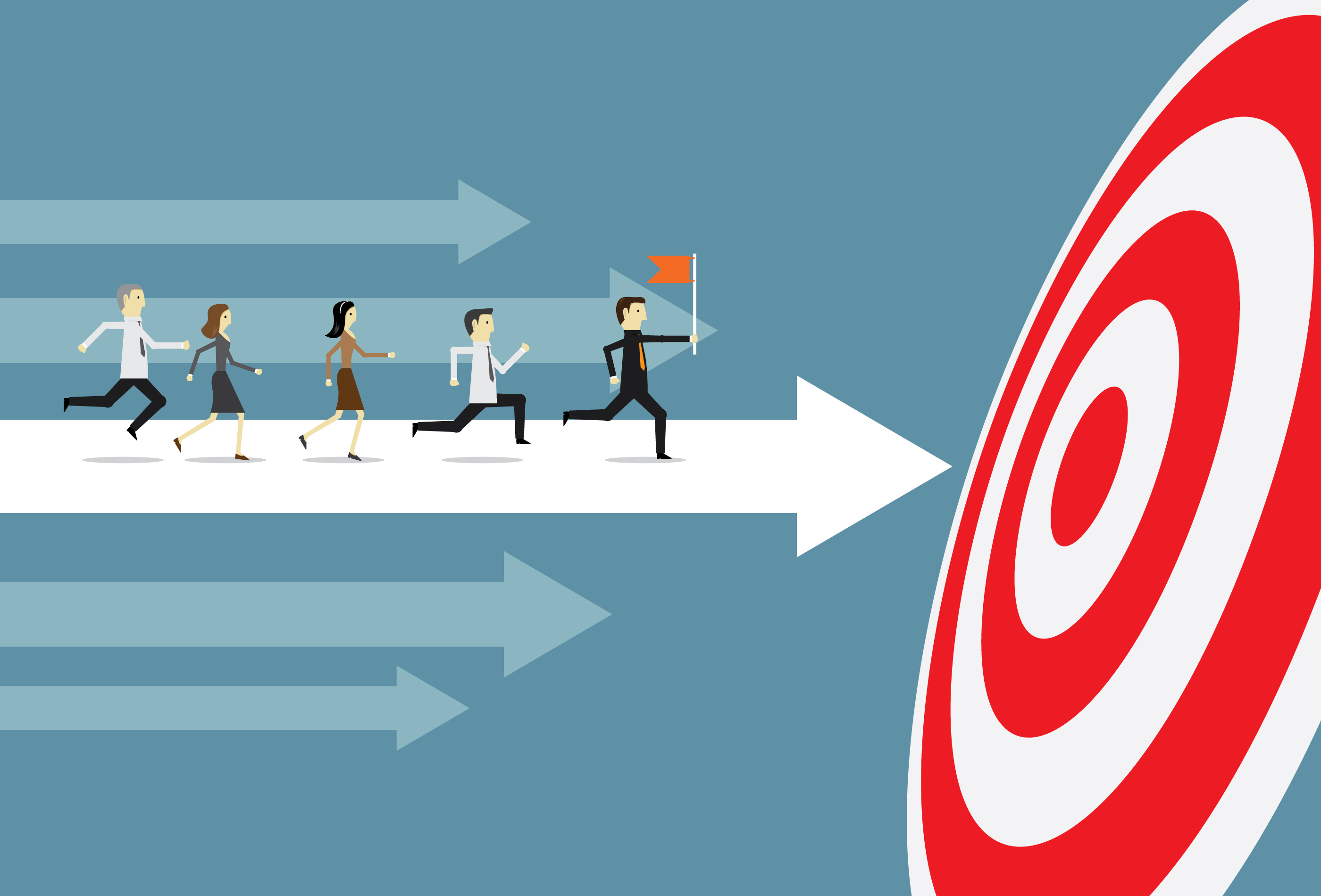Employee engagement isn’t just about the morale of individual workers—it also enables broader workforce productivity and leads to better business outcomes. In fact, research conducted by The Society for Human Resource Management (SHRM) argues that an understanding of the role employee engagement plays in driving morale and productivity is critical to business success.
At Slack, my team of researchers and analysts spends time studying how people work and what they need to do their best work. We consistently find that an important signal of employee engagement lies in how people feel about the tools they use at work.
Good tools can enable both productivity as well as increase morale. We’ve done research to learn more about successful and thriving Slack teams, and what it is about Slack that enables them to do better work.
These teams don’t just talk about how Slack improves efficiency, but also how it builds community and in some ways modernizes the company. We also found that the top three emotions people associate with Slack are happy, fun and easy, which you might not expect from a productivity tool.
Technology overall has impacted how, for how long, and from where we work, as well as our efficiency in getting things done. Engaging employees with technology isn’t just about supplying more robust software, but giving people tools that they look forward to using everyday as much as their preferred personal apps.
When products and technology reflect the nuances of human communication, while at the same time making information more accessible, employees feel more connected — both with the workplace and with their co-workers – resulting in a stronger, more trusting relationships and better performance.
So, how can we challenge ourselves to set higher expectations for the work products we build and use every day, and what would it look like to bring more humanity, fun and delight into the tools we use for work? Here are some principles to keep in mind.
Add emotional context to improve communication
With the majority of work happening online, we’ve lost much of the ability to pick up on emotional cues. Without physical cues that gauge whether a colleague is reacting positively or negatively by their facial expression, people tend to be more reticent to communicate with co-workers online with the fear that more communication can lead to miscommunication. That said, we think a lot about how to add social and emotional context to help indicate significant emotional cues.
One way we did this at Slack was with features such as emoji reactions and customizable statuses that help users talk more informally and show personality. This helps translate into feeling more like face-to-face communication, empowering employees to voice doubts or opinions and taking more creative risks together as a team.
Building camaraderie through communities
Being ignored, excluded, or overlooked at work inflicts more damage on physical and mental health than does being harassed, a study shows. Feeling alone or misunderstood at work can be detrimental to an employee’s performance.
One other major way that employees can find engagement in the workplace is through communities. Communities that create a safe environment for people to build camaraderie with other colleagues allow them to form bonds and nurture relationships outside of organizational silos.
We built Slack to enable community through channels. Not only do channels improve collaboration and provide context, they are also spaces that allow people to connect on hobbies, affinities and life experiences, giving them the opportunity to bring their whole self to work, not just their professional half. At Slack we have channels for volunteers, working parents, dog owners and Game of Thrones fans, among many others.
It’s imperative to create these types of communities that not only help expand employees’ networks at work and increase opportunities to meet other internal experts, but also inspire greater diversity of thoughts and ideas that can lead to new collaborations and solutions.
Keeping employees energized (and not annoyed) by speeding up workflows
Removing unnecessary hurdles and steps from work can help employees feel energized. This leaves more time and energy for people to focus their efforts on deeper and more meaningful work.
While eliminating small annoyances or work peeves may seem like a micro issue, the cumulative impact helps protect a positive employee experience that has a knock-on, macro effect on morale.
For example, with this in mind, we designed our Google Drive integration so that it generates a friendly message alerting the user if they have forgotten to update the permissions setting when sharing a link to a Google Doc in a channel. This small gesture anticipates a potential problem and prevents it from happening before it’s too late.
We also utilize emoji reactions to communicate the status of a project, collect and archive knowledge or convey urgency. For example, putting the “eyes” emoji on a report in channel indicates you are looking at it, without sending unnecessary alerts and updates to everyone else in the channel.
These functionalities prevent common hiccups in team communication and workflows and extend a courtesy to users, allowing them to communicate more simply and clearly or automatically picking up on things that might have been forgotten.
While Slack’s value is largely about improving collaboration and efficiency, we also find that people are using it to build community, and that a stronger community can then lead to a stronger workforce. We find that 87% of US users report being able to collaborate better on Slack, and that in addition to communication, building morale is something they look to Slack to enable.
For any company that’s looking to be more effective and productive, increasing employee engagement should be a primary focus. Good communication can make all the difference between getting a job done and getting it done well. Adding more humanity, fun and delight to work-based products has the potential to foster better communications, increase morale and improve productivity.


